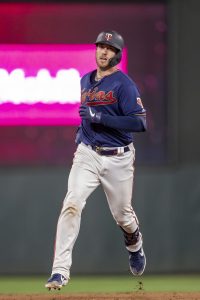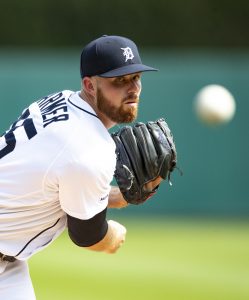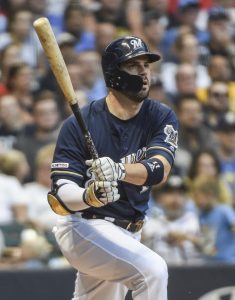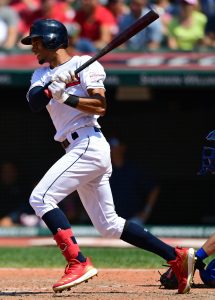We explained recently that this year’s run-up to the trade deadline has been among the quietest in recent memory. We have seen several swaps since, but the most significant players to change hands — Trevor Bauer (Reds) and Marcus Stroman (Mets) — didn’t even land with prime contenders. With the deadline just hours away, numerous clubs in obvious position to strike for the postseason still have unmet needs.
[RELATED: Top 75 Trade Candidates At The Deadline]
Here are a few of the possible target areas for the game’s contenders. Not all will be fulfilled, while other creative swaps will be struck. But these are the general areas that stand out:
Clear Contenders
- Astros: rotation upgrade; bullpen upgrade/left-handed depth; catching upgrade
- Athletics: rotation upgrade; bullpen depth; second base upgrade
- Braves: rotation upgrade; bullpen upgrade; corner outfielder
- Brewers: rotation upgrade/depth; first base upgrade; shortstop upgrade
- Cardinals: rotation upgrade/depth; bullpen upgrade/depth; center field upgrade
- Cubs: lineup upgrade (outfield/second base); left-handed reliever
- Dodgers: bullpen upgrade
- Indians: rotation depth; second base upgrade
- Nationals: multiple bullpen upgrades/depth; rotation depth
- Phillies: rotation upgrade; third base and/or outfield upgrade; bullpen upgrade/depth
- Rays: rotation and/or bullpen upgrade; right-handed DH/corner OF bat
- Red Sox: bullpen upgrade/depth
- Twins: rotation and/or bullpen upgrade
- Yankees: rotation upgrade; bullpen upgrade; first base insurance?
Uncertain Contenders
- Angels: rotation upgrade/depth
- Diamondbacks: rotation upgrade/depth
- Giants: second base upgrade; outfield upgrade
- Mets: bullpen depth; shortstop/center field upgrade
- Reds: bullpen upgrade; second base upgrade




